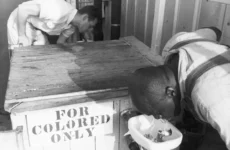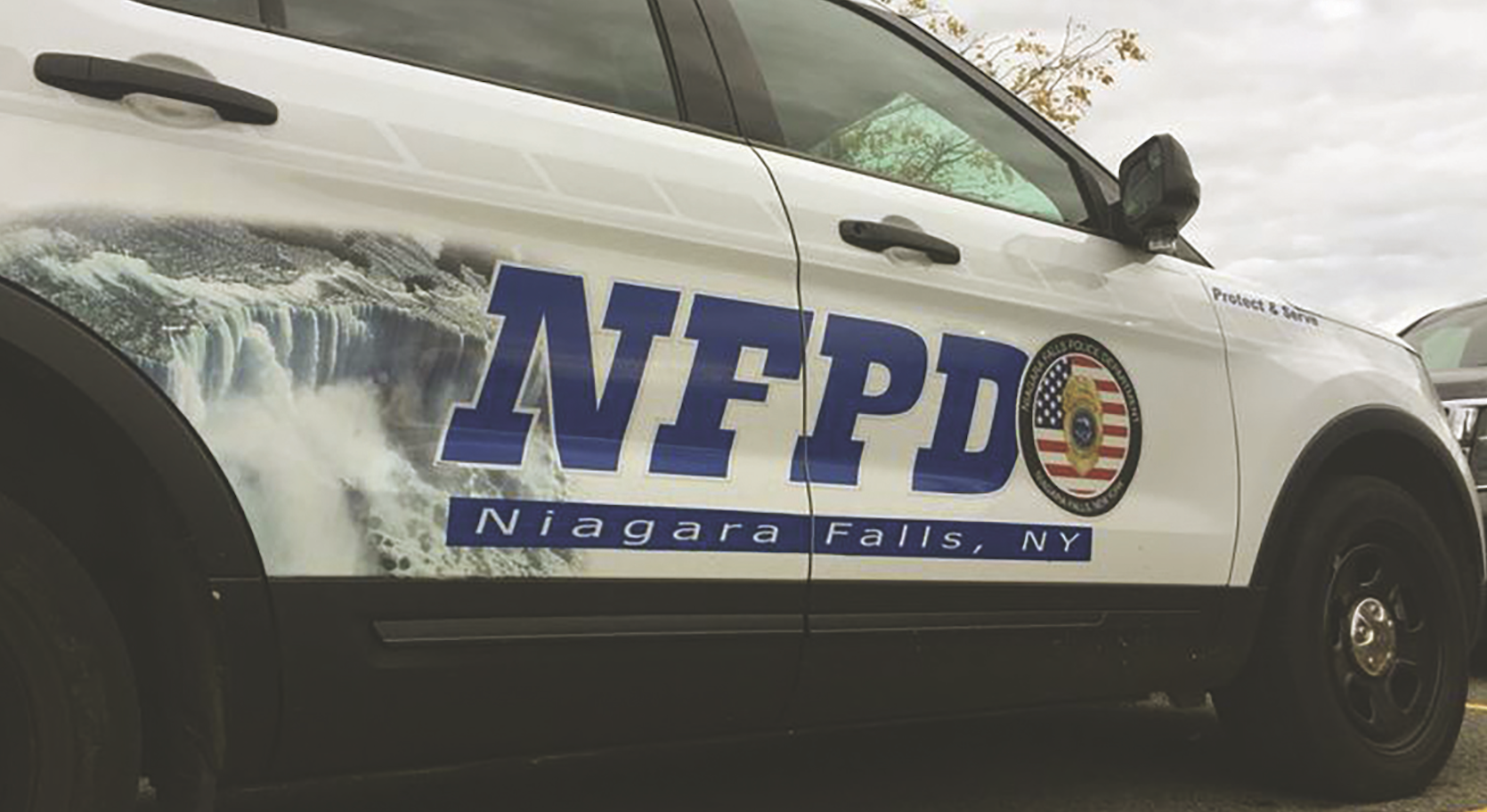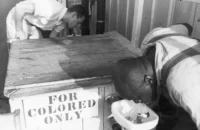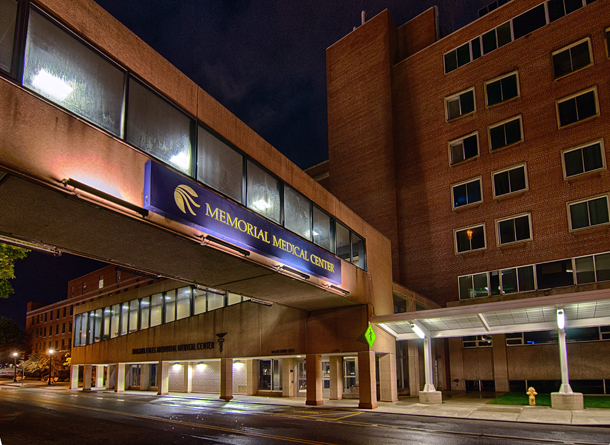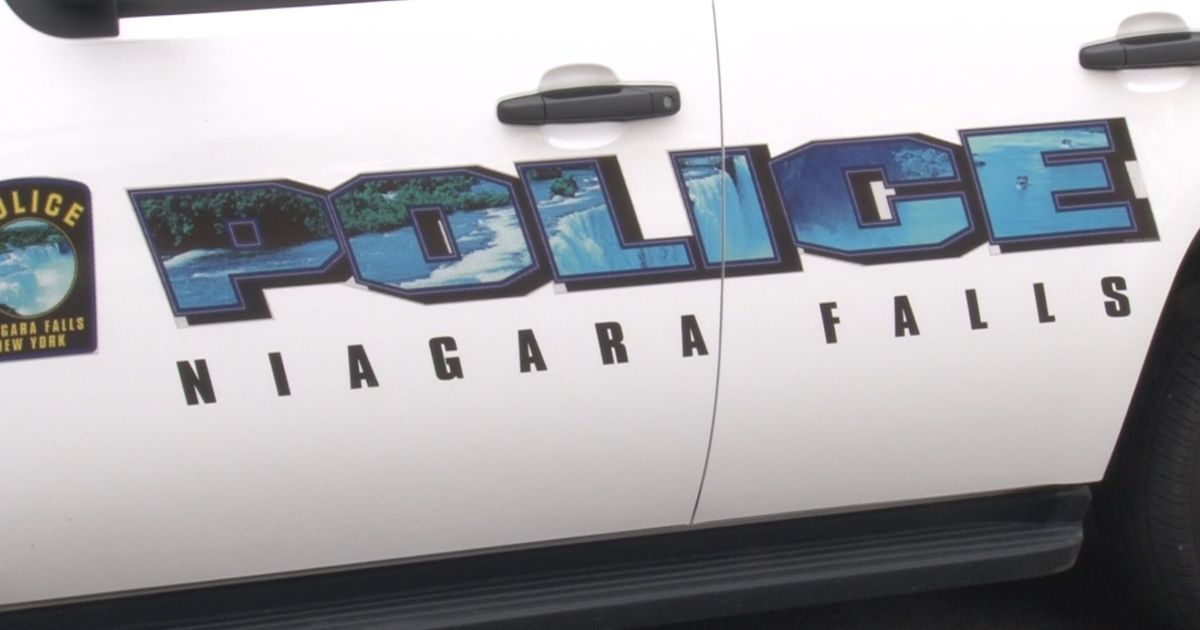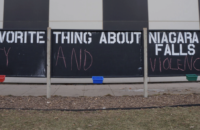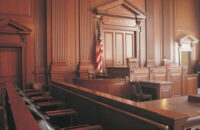By Mike Hudson
Back in March, when the Seneca Nation of Indians announced that they would end the casino revenue sharing agreement with the state, Niagara Falls and the other local municipalities where the casinos are located, it was like plunging a scalping knife into the heart of those communities that had agreed to host the smoky gambling dens in the first place.
The cost of police and fire protection, infrastructure improvements, snow plowing and other relatively big ticket items were to have been offset by the annual payments of casino revenues, a portion of the slot machine take that — in the case of Niagara Falls — ran between $16 million and $21 million a year.
Since the opening of the Seneca Niagara Casino in 2002, the tribe has been paying 25 percent of slot machine revenues to the state, which in turn paid 25 percent of that to the casino “host” localities of Niagara Falls, Buffalo and Salamanca. The Senecas’ payments have totaled nearly $1.5 billion. “Non-host” counties in the region get 10 percent of the state’s annual casino take.
In 2013, to resolve an unrelated dispute, Gov. Andrew Cuomo granted the Seneca a 20-year extension of the casino compact. Although he wasn’t privy to the negotiations and had no part in the decision, Niagara Falls Mayor Paul Dyster was elated, and praised Cuomo’s almost genius like abilities.
“This agreement is great news for the City of Niagara Falls and all of Western New York,” Dyster said at the time. “It will ensure this much needed revenue benefits our city and this dispute is finally behind us. We could not be here today without the leadership of Governor Cuomo, and I commend him and (Seneca) President (Barry) Snyder for their work in reaching this historic agreement.”
But, as the British 80th Regiment of Light Foot learned at the Battle of Devil’s Hole in 1763, the crafty Seneca had an ambush lying in wait.
Unbeknownst to Cuomo or Dyster, apparently, the casino compact extension included no provision for continued payments by the Seneca beyond the 14 years specified in the original 2002 agreement.
No one has taken responsibility for the beyond boneheaded oversight, but Dyster expressed his full and undying confidence in Cuomo, the man responsible for the catastrophe in the first place.
“Knowing Gov. Cuomo, I think he’s a big picture guy. He probably views this as an opportunity to try to establish a better overall system of relations between the state and Seneca Nation than has existed historically. There’s an opportunity for the governor and president to discuss a whole wide range of issues,’’ Dyster said.
So flash forward to this past Monday, when Dyster and other city officials held a press conference on Third Street to announce a “scaled back” paving plan for 2017, scaled back as a direct result of Seneca treachery and Cuomo’s stupidity.
The centerpiece of the plan is the repaving of 3rd Street from Niagara Street to Rainbow Boulevard, a roadway that essentially serves as a driveway to the Seneca Niagara Casino.
“We are going to continue to fight for what we believe is the right of the city of Niagara Falls to receive these funds so long as the casino is operating here,” he said. “But we’re not going to let that stand in the way of pursuing our common interest with the Seneca Nation of Indians and the Seneca Gaming Corp. in the day-to-day running of city government.”
Dyster left it to his former secretary, now city administrator, Nick Melson, to make excuses.
“We would ideally have a more robust paving season, but given the dispute, we thought it would be best to scale back,” City Administrator Nick Melson said at a press conference on Third Street with other city officials. “We expect the Seneca Nation to meet their obligation so we can continue an aggressive paving schedule next year.”
Under questioning by reporters, even Dyster seemed to fold.
“There’s certainly a number of streets that were identified by (the Department of Public Works) and by the engineering department as requiring paving that we’re not going to be able to get to under the current set of circumstances,” he said.
Under the announced plan, milling and overlay work will be undertaken on Third Street, Rainbow Boulevard to Niagara Street; Sixth Street, Pine Avenue to Niagara Street; 23rd Street, from Niagara Street to Ferry Avenue; 24th Street, from Falls Street to Niagara Street; 27th Street, from Cudaback Avenue to Niagara Street; 31st Street, from Pine Avenue to Ferry Avenue; Willow Avenue, from 18th Street to Hyde Park Boulevard; 22nd Street, from Piece Avenue to Ontario Avenue; and Center Avenue to Tennessee Avenue; 21st Street, from Center Avenue to Tennessee Avenue and Calumet Avenue, from 20th Street to 23rd Street.
All of those streets can and will be driven by motorists burning tax free gasoline purchased at the huge tribal gas station the Seneca promised never to build and a good portion of the drivers and passengers will be smoking tax free cigarettes purchased at the Native American smoke shop tribal leaders said was never in their plans.
Meanwhile, white owned, taxpaying service stations and delicatessens — some of which have been in business for decades here — remain locked in a downward spiral that results in even more empty storefronts and abandoned buildings.
Dyster’s loyalty to his old pal Cuomo might be admirable were it not so misplaced.
Instead it must be regarded as the ultimate sellout of the people who elected him in order to curry the favor of his influential and wealthy patrons, both in Albany and on the Seneca Reservation, who may help him in the future.
Like John Steadman, that cowardly and traitorous “leader” whose wagon train was ambushed by the Seneca in 1763, touching off the Battle of Devil’s Hole, Dyster may be the only one who gets out of this without a scratch.

